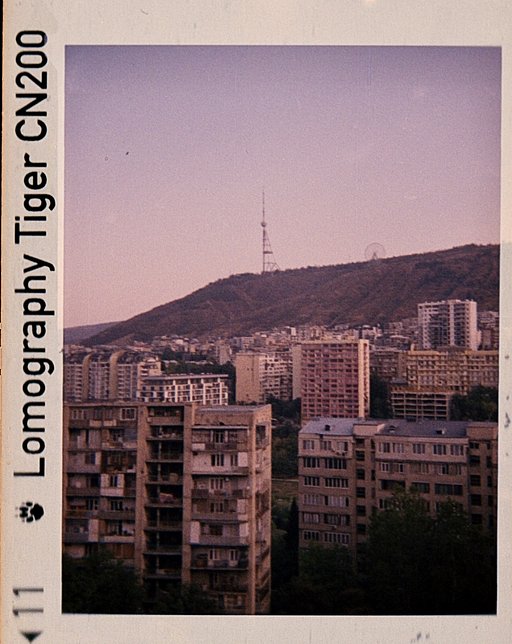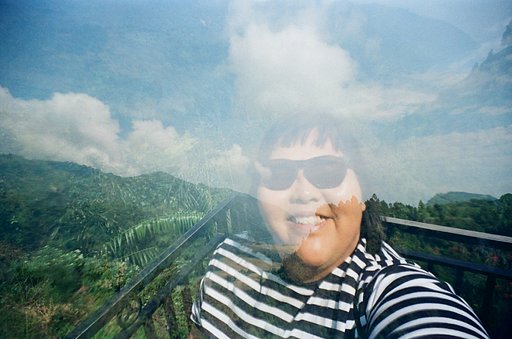Lomopedia: Contax T3
3 17 Share TweetA lot of people consider the Contax T2 as one of the greatest compact point-and-shoot film cameras ever created. Its balanced combination of style, performance, and quality makes it one of the most sought-after film cameras even up to this day. Just imagine — a camera still being sold at a resale value that’s sometimes higher than its original cost. Few cameras have that lasting effect on the market.

But that’s not where the story ends. Contax decided to do a follow-up to their widely successful point-and-shoot camera and the result was the Contax T3. It’s a compact point-and-shoot film camera that stays true to the design ethos of its predecessor. The T3’s body is made of titanium, making it incredibly light and durable. While it is a small camera, the T3 still manages to feel substantial in the hands. Controls are relatively easy to find although they may be a bit finicky to adjust given the size of the buttons.
The T3 had to do good by the legacy of its older sibling so Contax decided that the newer iteration of the T2 had to carry a good lens. And it did. The Contax T3 has a 35 mm f/2.8 Zeiss Sonnar lens that creates images with exceptional quality. Photos taken with the Contax T3 are crisp and clean. Paired with its manual control and you’ve got a quite dependable everyday shooter. The T3 also comes with a variety of control settings like exposure compensation, a clear viewfinder, and a responsive focusing system that adds to the overall shooting experience.

The Contax T3 is the very definition of “point-and-shoot.” It’s a reliable piece of gear that comes with different modes that you can set beforehand. Set the mode to the shooting condition you’re in and you’re set. No need to worry about your images that much. The Contax T3 will do the work for you. While that may sound pleasing for a lot of people, they may get dismayed by the cost of the camera. A unit today can set you back as much as 1000 to 1,500 USD depending on the quality of the camera. Costly? Yes, but to some collectors and fans of the Contax compact cameras, it’s just price they have to pay to enjoy this finely tuned camera.
Photos Taken by Our Community with the Contax T3
Technical Specifications
Type: 35 mm fully automatic lens-shutter autofocus camera with built-in flash
Image Size: 24 x 36 mm
Lens: Carl Zeiss Sonnar T 35 mm f/2.8, 6 elements in 4 groups
Aperture: f/2.8 to f/16
Focusing Range: 0.35 m to infinity
Shutter: At “P” setting: 16 sec - 1/200 sec (1/500 sec at open aperture f/2.8), LT setting 1-180 sec
Exposure Control: Programmed AE, aperture-priority AE
Automatic Exposure Range: EV-1 -EV18 (ISO 100)
Metering: Two-part external light meter with SPD element
Exposure Compensation: +/-2 EV (in ⅓ EV step). Can be set to ½ EV step in custom functions
Film Speed: Automatic setting (by DX contacts) in range ISO 25-5000. Non-DX film automatically set for ISO 100.
Focusing: External passive autofocus with AF assist light and focus lock function. Can be set to manual focus by mode button.
Viewfinder: Reverse Galilean viewfinder, Magnification ratio 0.5x, Viewfinder coverage: 85% of actual picture area (at 3 meters)
Viewfinder Display: Picture area frame, closeup frame, macro indicator, focus frame, exposure compensation indicator, focus display, flash indicator, shutter speed
LCD Monitor: Flash mode indicator (auto flash, auto red-eye reduction flash, no flash, fill-in flash, night portrait flash.)
Operating modes: exposure compensation mode and compensation value; self-timer mode and remaining time; custom function mode and item no; long-time mode and setting time; focus setting mode and set distance; battery power display; exposure counter
Film Loading: Auto loading, automatic advance to frame no 1
Film Transport: Automatic single-frame exposure
Film Rewinding: Auto-return, auto-stop, mid-roll rewind possible
Exposure Counter: LCD display, automatic-resetting additive type
Self-timer: Electronic type with ten-second or two-second delay, cancellable
Flash: Built-in; flashmatic and guide-number control
Recharging Time: About 3 sec (at normal room temperature with new batteries; in accordance with Contax testing standards)
Custom Functions: 1) film leader status after rewind; 2) lens focusing position hold time; 3) exposure compensation hold time; 4) exposure compensation step; 5) AFL button function; 6) focus lock hold time (AFL button); 7) manual focus hold time
Camera Back: Opens via camera back release knob
Battery: 3V lithium battery (CR2): 1
Capacity: about 12 rolls of 24-exposure film (at normal room temperature with new batteries; in accordance with Contax testing standards), 50% flash
Data Imprint: Date, time
Dimensions: 105 W x 63 H x 30.5 D
Weight: 230 g without battery
All information used in this article was sourced from 35mmc, Shoot Tokyo, Broken Camera Club, Trenton Michael, Contax Cameras, and Butkus Camera Manuals.
written by cheeo on 2018-09-11 #gear #lomopedia #point-and-shoot #compact #contax-t3 #lomopedia


























3 Comments